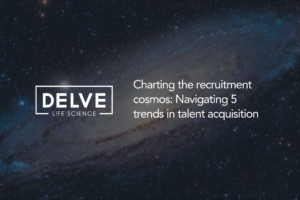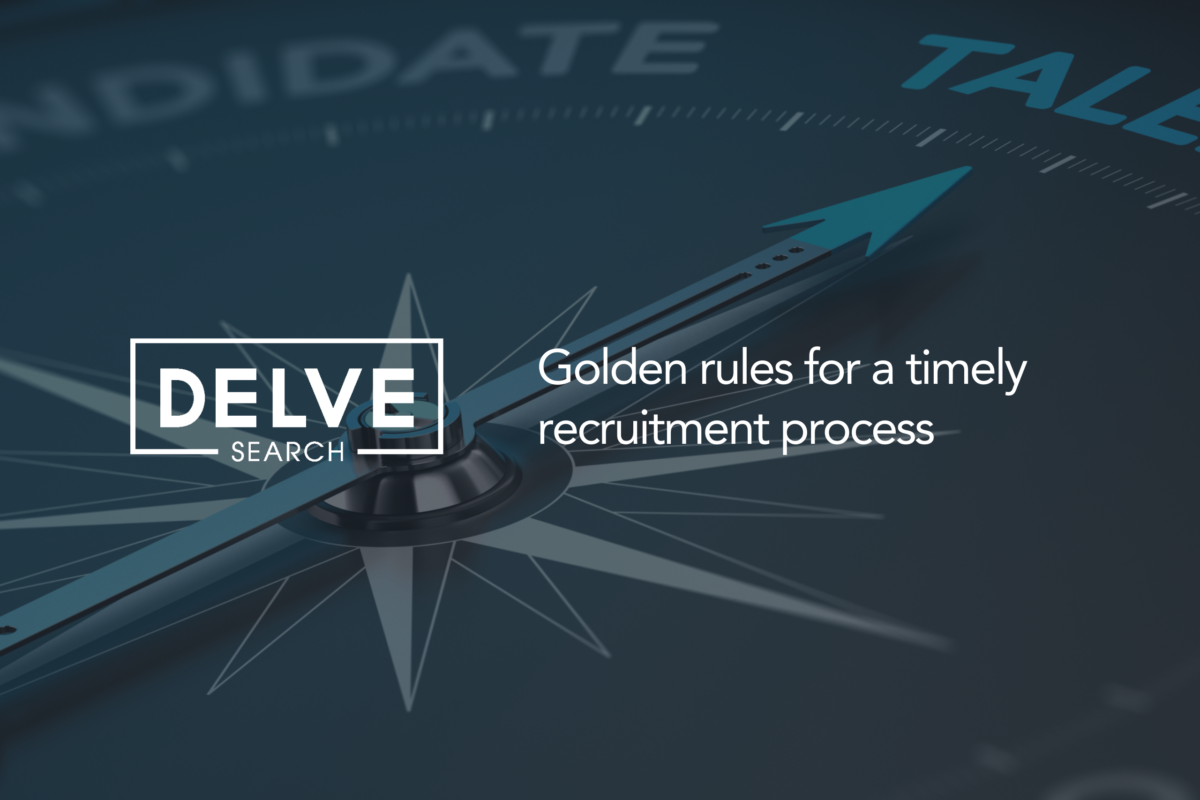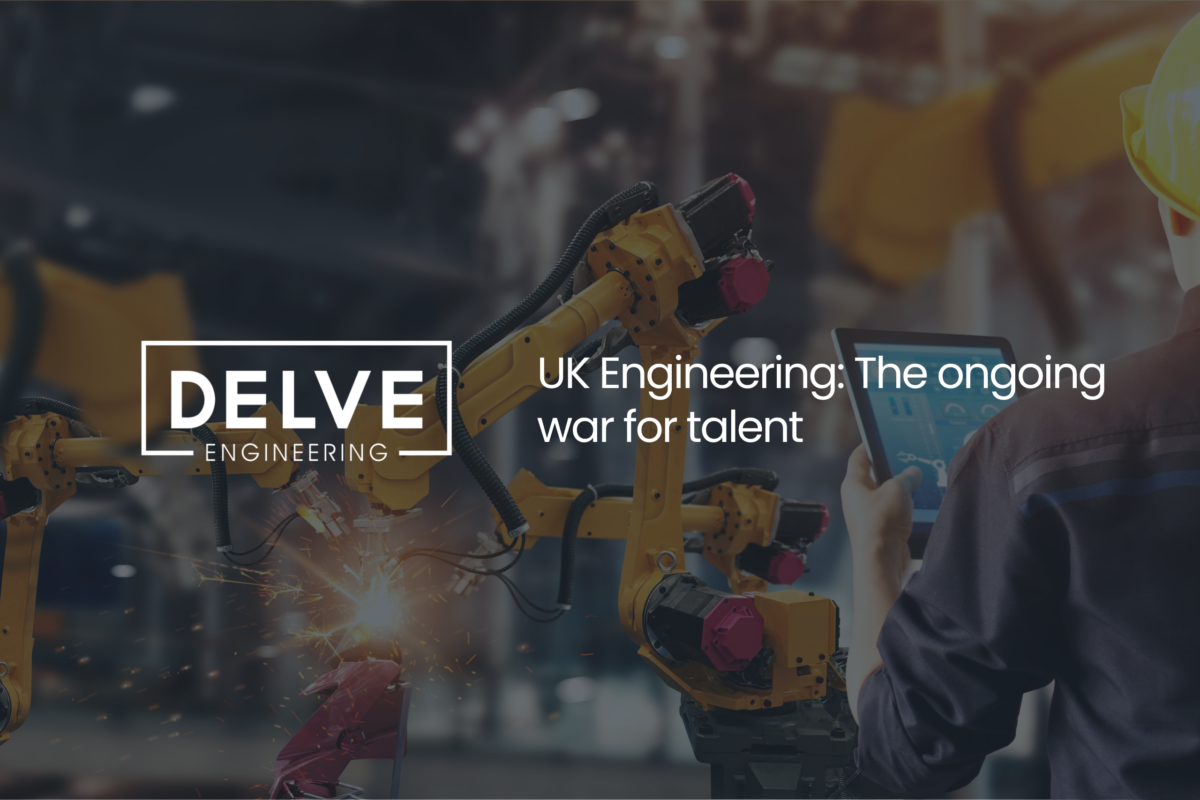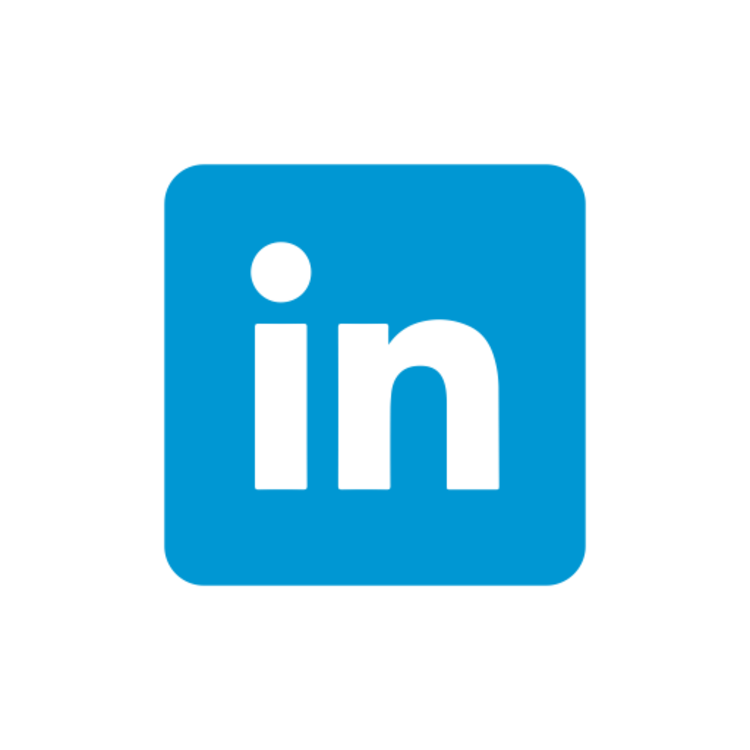
Take some time to reflect on 2023 and set your goals for the year ahead
Career self-evaluation is something we should all consider at this time of year. Taking a step back to reflect on the year can provide some excellent insights and be essential when updating and planning for your future goals.
We have put together a list of key questions to consider as part of your self-assessment, they will help you to make informed decisions about your career path and professional development.
Accomplishments and contributions
- What were my key achievements and contributions to projects or initiatives?
- Did I meet or exceed the goals and targets set at the beginning of the year?
Learning and development
- What new skills or knowledge did I acquire during the year?
- Did I participate in any training programs or professional development opportunities?
Challenges and solutions
- What were the major challenges I faced, and how did I overcome them?
- Did I seek help or collaborate effectively with colleagues to address challenges?
Team collaboration
- How well did I collaborate with team members and other departments?
- Were there instances where I provided support or received support from colleagues?
Feedback and recognition
- Did I seek feedback from supervisors, colleagues, or clients?
- Was I recognised for my contributions, and if not, how can I better highlight my achievements?
Work-life balance
- How would I rate my work-life balance throughout the year?
- Did I take enough breaks and vacations to recharge?
Career goals and aspirations
- Did I accomplish the career goals I set at the beginning of the year?
- Are my long-term career aspirations still aligned with my current role and organisation?
Professional relationships
- How have my relationships with colleagues, supervisors, and direct reports evolved?
- Are there relationships I need to nurture or improve?
Leadership and decision making
- Did I have opportunities to take on leadership roles or make significant decisions?
- How did I handle challenging decisions or situations?
Job satisfaction
- On a scale of 1 to 10, how satisfied am I with my current role and responsibilities?
- What aspects of my job bring me the most satisfaction, and which areas could be improved?
Career alignment
- Does my current role align with my skills, interests, and values?
- Are there areas where I feel misaligned or unfulfilled in my career?
Networking and professional visibility
- Did I engage in networking activities within and outside the organisation?
- How can I improve my professional visibility within the industry?
Future planning
- What are my career goals for the upcoming year?
- Are there specific areas for improvement or skills to develop?
Job market trends
- Have I kept myself updated on industry trends and changes in the job market?
- Are there emerging skills or areas of expertise that I should focus on?
Overall well-being
- How has my overall well-being been impacted by my career this year?
- What steps can I take to enhance my well-being in the coming year?
Set yourself professional goals for the year ahead
Take some time to consider these questions and set yourself some professional goals for the year ahead. After the holidays is the perfect time to start taking action on your goals. You’ll be refreshed from your break and motivated to make change.
If after your time reflecting you decide it’s time for a career change, Delve are here to support your career aspirations.
Call: UK +44 1606 212020 / Germany +49 8954 195 924
Email: [email protected]
Share This Blog
Recent Articles

Strategies for addressing employee retention in the workplace
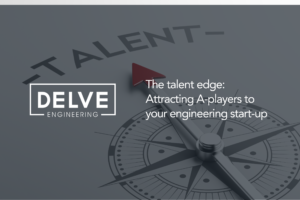
The Talent Edge: Attracting A-Players to Your Engineering Start-ups

Dresden’s rise: TSMC semiconductor factory and its impact on job market attractiveness

5 Opportunities beyond research in Life Sciences

Benefits of attending Advanced Engineering trade shows
